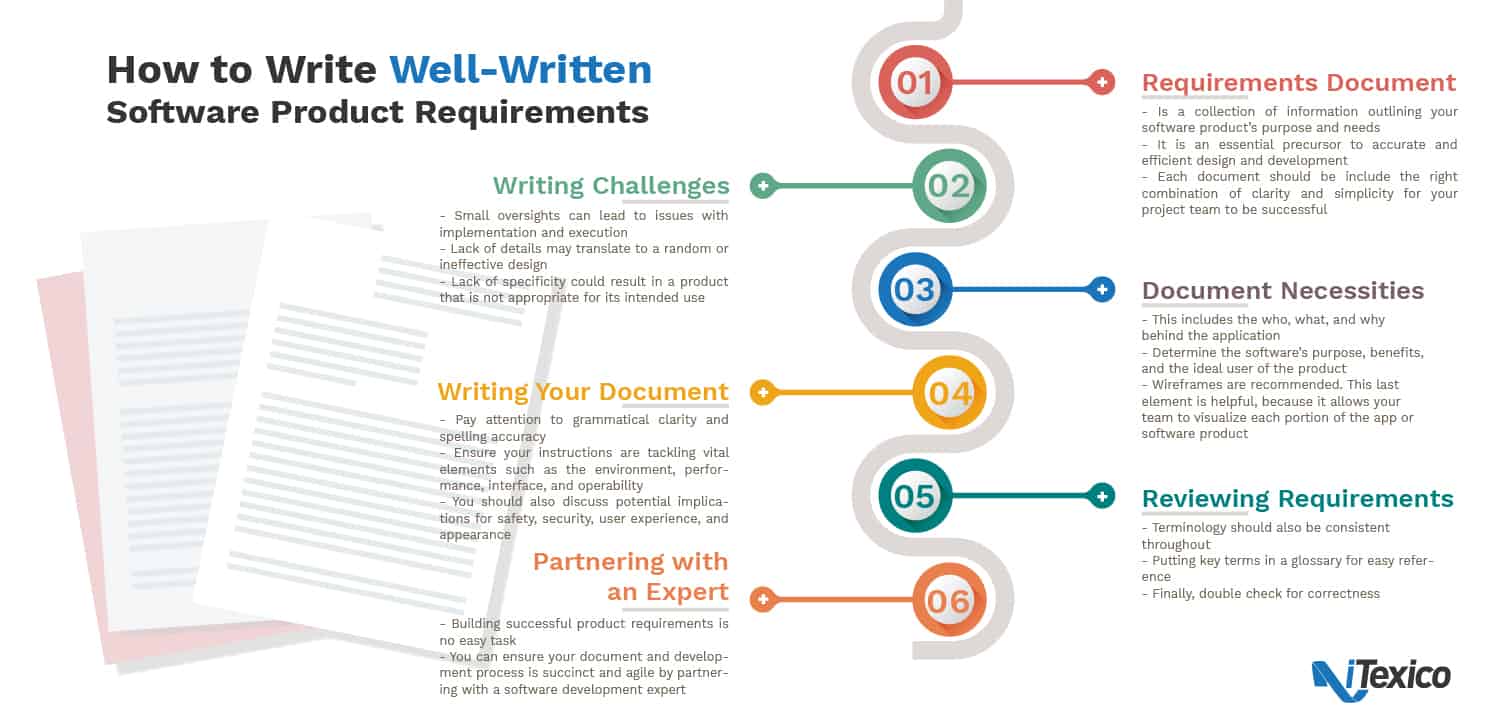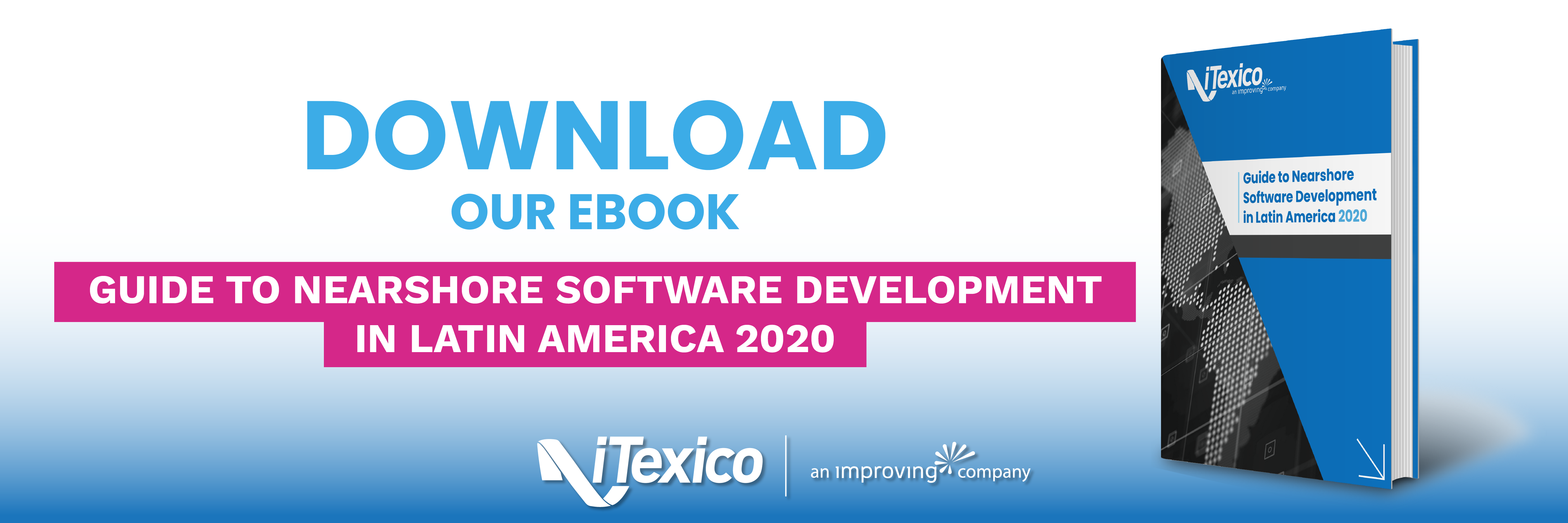How to Write Well-Written Software Product Requirements
A precise Software Product Requirements document will improve the quality of the development process.
AUSTIN, TX – April. 10, 2018 How to Write Well-Written Software Product Requirements
Whether your enterprise is building a new program, application, or ecommerce website, the product will need a set of well-written requirements to achieve successful design and implementation. Today’s agile development environment makes streamlined procedures even more critical, as it is essential for every business to build solutions quickly through accurate feedback and iterative improvements.
Before you embark on your next project, writing a thorough yet precise requirements document will improve the quality of the development process and prevent future challenges with the software.
What Is a Product Requirements Document?
A product requirements document is a collection of information outlining your software product’s purpose and needs, as well as critical details about its design and implementation techniques. From the language of use to the components needed, this report it is an essential precursor to accurate and efficient design and development. Each document should include the right combination of clarity and simplicity for your project team to be successful.
Top Requirement Writing Challenges
Many executives and development teams improvise their product requirements methods, but even small oversights can lead to issues with implementation and execution. For instance, instructions may be ambiguous and therefore misinterpreted. In addition, a lack of details may translate to a random or ineffective design. Lack of specificity could result in a product that is not appropriate for its intended use.
Defining Your Document Necessities
Each development team should begin writing their product requirements document by answering the basics. This includes the who, what, and why behind the application. Determine the software’s purpose, benefits, and the ideal user of the product. Your team should also define how will it streamline or improve the current processor introduce a new one.
In addition, every product requirements document needs to include user personas, a sitemap, and page descriptions. It should also have non-functional requirements, risks, and implications for future iterations. While wireframes are not required, they are recommended. This last element is helpful because it allows your team to visualize each portion of the app or software product.
Writing Your Document
As you and your team write the document, pay attention to grammatical clarity and spelling accuracy, and write in an active (not passive) voice. These checks ensure all requirements are understandable for every user. Furthermore, each requirement should be concise, stated positively as opposed to negatively, and only decipherable in one way.
As you put together your thought processes, convene with each member of your development team to review if potential requirements are missing. Ensure your instructions are tackling vital elements such as the environment, performance, function, interface, training, personnel, and operability. You should also discuss potential implications for safety, security, user experience, and appearance.
Reviewing Your Requirements
Once you write your document, think about the efficacy of its compliance, consistency, and traceability rules. Every system, subsystem, segment, and element should be placed at the correct level. Terminology should also be consistent throughout.
Consider putting key terms in a glossary for easy reference. All parent traces should be evident, as well as concise documentation for every allocation to a lower level. Finally, double check for correctness. All requirements should be technically feasible. Before you make the report final, review it with every member of your project team.
Partnering with a Software Development Expert
Building successful product requirements is no easy task. You can ensure your document and development process is succinct and agile by partnering with a software development expert. iTexico is an end-to-end software development services company that empowers clients to optimize investments in technology innovation, thereby disrupting product and operational inefficiencies and enhancing company profitability.
NearshorePlus is a service that provides executives and their enterprises with a team of collaborative experts, with all the benefits of offshoring without the risks. This offering works just like offshoring, except that businesses pair with their teams in Mexico, which shares the same border near the U.S. and is more convenient and economical than offshore options like India, South America, and Ukraine.
Here is a guide to create better, more agile product requirements while reducing the cost and time it takes to deliver your product to market. Contact us today to see how we can help you with your documents.




Post Your Comment Here